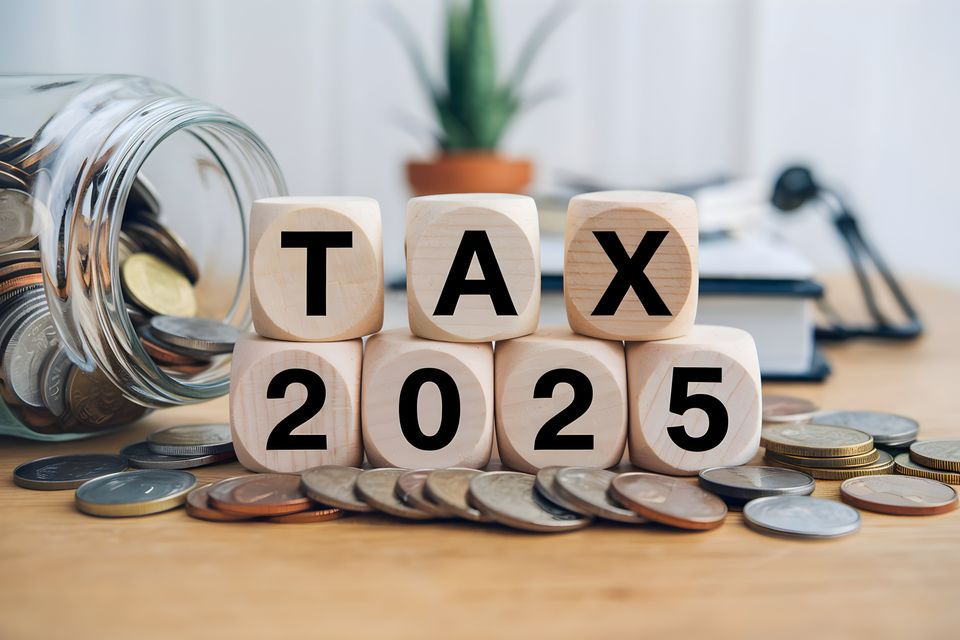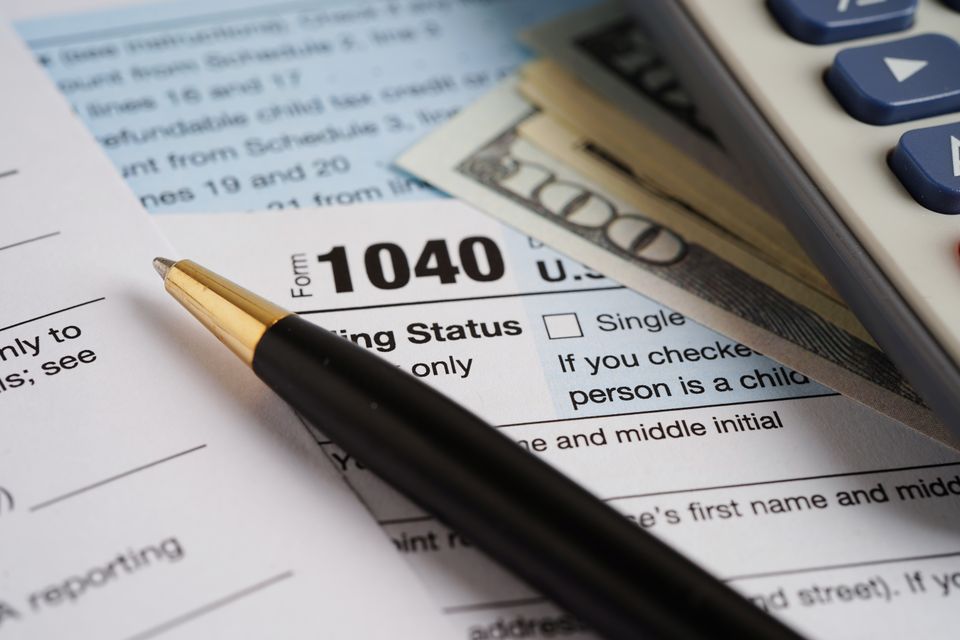Conclusion
The 2025 tax season will be defined by a confluence of IRS adjustments, expiring TCJA provisions, aggressive tariff policies, and economic uncertainty. While taxpayers can benefit from inflation-adjusted deductions and credits, they must navigate potential tax hikes, higher consumer prices, and IRS operational challenges. The Trump administration’s push for tax cuts and tariffs aims to stimulate growth but risks inflating deficits and triggering global trade tensions. By staying informed, planning strategically, and filing early, taxpayers can mitigate risks and seize opportunities in this transformative tax season.
To navigate this complex landscape with confidence, consider partnering with Capstone Tax Consulting. Our experienced team specializes in personalized tax strategies, helping individuals and businesses adapt to policy changes, maximize deductions, and optimize filings. Contact us today!



